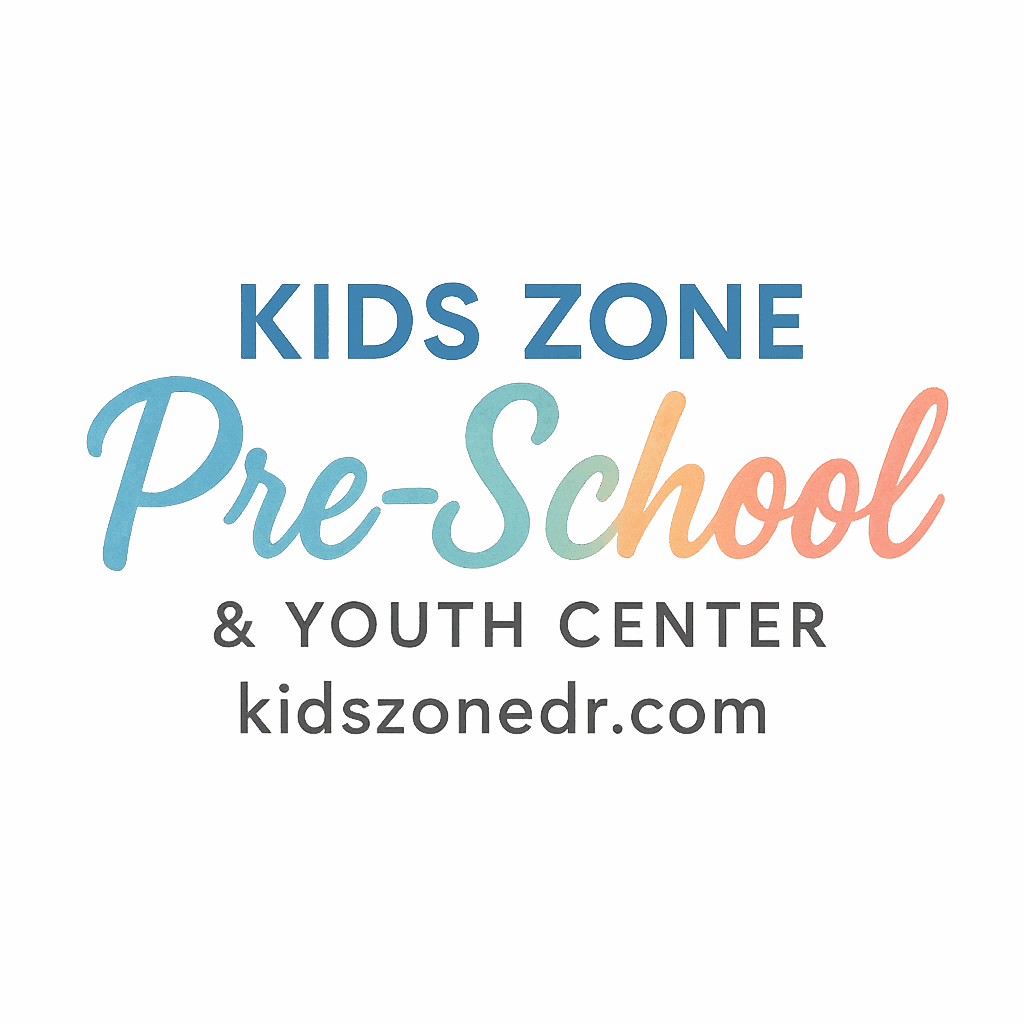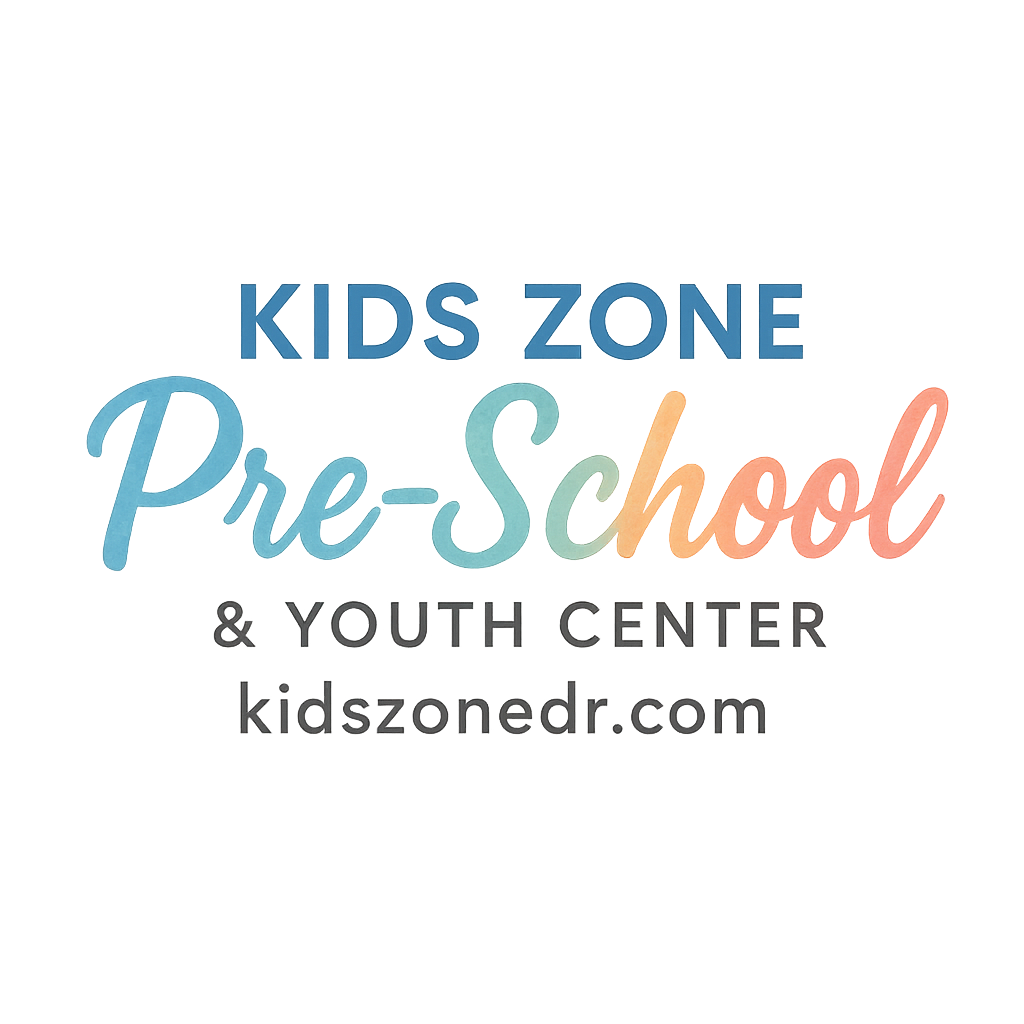Choosing the right preschool can feel like trying to solve a puzzle with a thousand pieces. There’s so much to consider: schedules, locations, classroom settings, parental involvement, and most importantly — the curriculum.
So, what kind of curriculum is best for your little learner? Let’s break down the 6 most popular preschool curriculum types and what each of them brings to the table.
Whether you’re deep in your school search or just starting out, this guide will help make sense of your options.
Understanding Preschool Curriculum: Why It Matters
Before we dive into the different types, let’s take a second to understand why preschool curriculum matters in the first place.
A good curriculum shapes the daily routines and activities (check examples here) your child will experience, and it plays a big part in their learning and development. It also impacts their confidence, social skills, and overall growth trajectory.
Choosing the right one sets the stage for success — not just in school, but in life.
1. Montessori Curriculum
What is Montessori Education?
The Montessori Method, created by Dr. Maria Montessori, focuses on child-led learning. The idea is simple: give kids the tools and space they need, and they’ll naturally explore and learn.
Key Features of Montessori
- Hands-on learning with real-world materials
- Mixed-age classrooms for peer learning
- Highly structured but child-directed environment
- Teachers act more like guides than traditional instructors
Montessori classrooms often reflect a calm, orderly vibe. Kids choose their own activities based on interest, encouraging independence and self-discipline.
Is Montessori Right for Your Child?
If your child is naturally curious and independent, Montessori might be a match made in heaven. It’s especially beneficial for fostering problem-solving, focus, and confidence — three major milestones in early education.
Dive deeper into kids’ developmental stages here.
2. Reggio Emilia Curriculum
Philosophy Behind Reggio Emilia
This approach came from a small Italian town after WWII. At its heart, Reggio Emilia sees kids as capable, curious learners with a strong voice.
Unique Offerings of Reggio Emilia
- Project-based learning centered on children’s interests
- Artistic expression (drawing, painting, building) as learning tools
- Teachers, parents, and children are co-learners
- Classrooms rich in natural light and creativity
Benefits of Reggio Emilia Approach
This curriculum builds strong communication, collaboration, and creative thinking skills. Plus, the strong emphasis on parental involvement makes it a win-win for families seeking connection with their child’s education. Learn more about parental roles here.
3. Waldorf Curriculum
What Makes Waldorf Different?
Waldorf education is all about rhythm, imagination, and holistic growth. It focuses on the head, heart, and hands — nurturing intellect, emotional intelligence, and physical skills.
Key Elements of Waldorf Curriculum
- Storytelling, puppet shows, music, and movement
- Emphasis on rhythm and predictable daily structure
- No screens or academics until later years
- Nature-based and seasonal learning themes
Why Choose Waldorf for Preschoolers?
If you want your child to build emotional resilience and healthy habits early on, Waldorf is a gentle, nurturing approach worth exploring.
Check out this article on structure and routines that align well with Waldorf values.

4. HighScope Curriculum
HighScope’s Core Concepts
Developed in the U.S., HighScope focuses on active participatory learning. That means children have direct, hands-on experiences with people, materials, and ideas.
Daily Routine & Learning
- Plan-do-review process: Kids plan what they want to do, do it, then reflect.
- Teachers use structured observations to tailor learning
- Encourages logical thinking and social skills
HighScope is known for its focus on consistency and research-backed practices — a great fit if you want your child in a more organized, measurable setting.
Is HighScope a Good Fit?
If your child thrives on routine and feedback, this curriculum creates a nurturing, growth-oriented environment. Learn more about the benefits of well-crafted routines here.
5. Bank Street Curriculum
Bank Street Philosophy Explained
Bank Street emphasizes learning through experience and reflection. Children are viewed as active constructors of knowledge.
Curriculum Features and Focus Areas
- Child-centered, play-based activities
- Integration of social studies, science, art, and storytelling
- Heavy focus on social-emotional learning and real-world application
Who Benefits Most from Bank Street?
This approach is ideal for families who want their child to grow as a whole person — not just academically, but emotionally and socially too.
Discover more on child talk, emotional growth, and play-based learning here and here.
6. Academic/Traditional Curriculum
Structured Learning Environment
This is the most classic approach, often used in public and private preschools. Think ABCs, 123s, and teacher-led activities.
Focus on Core Skills
- Early literacy and numeracy
- Classroom-based learning
- Structured schedules and goals
- Readiness for kindergarten academics
Pros and Cons of Traditional Approach
Pros:
- Prepares children for structured schooling
- Focuses on academic milestones
Cons:
- Less time for unstructured play
- May not suit every child’s learning style
Looking to balance this approach with health and wellness? Check out health and safety in preschool and nutrition tips for a holistic experience.
How to Choose the Best Curriculum for Your Child
Understanding Your Child’s Needs
Is your child a hands-on explorer? A routine-lover? A social butterfly? Match their personality to the strengths of each curriculum.
Evaluating School Programs
Make sure to:
- Tour schools
- Observe classroom environments
- Ask about daily activities and how learning is assessed
You can start your journey here with a preschool checklist that simplifies the search.
Involving Parents in the Decision
Don’t forget — you are your child’s first and most important teacher. Choose a school that values your role. Discover how to stay involved here.
Final Thoughts on Preschool Curriculum Types
Each of these preschool curriculum types offers something unique. The best choice depends on your child’s personality, your values, and the kind of learner you want them to become.
Whether you lean toward the freedom of Montessori, the creativity of Reggio, or the structure of HighScope, your decision shapes your child’s learning journey — so take your time, ask questions, and trust your gut.
For more support and resources on preschool development, head over to KidsZoneDr.com.
FAQs
1. Which preschool curriculum is best for academic readiness?
The Academic/Traditional curriculum is most focused on literacy and numeracy skills that align with kindergarten standards.
2. How do I know if Montessori is right for my child?
If your child enjoys working independently and exploring on their own terms, Montessori might be a perfect fit.
3. Can I combine curriculum types at home?
Absolutely! Many parents use a blend of Montessori at home with Waldorf-style routines or HighScope structure.
4. What’s the most creative preschool curriculum?
Reggio Emilia is well-known for encouraging creativity through art, storytelling, and project-based learning.
5. Is there a curriculum that encourages emotional development?
Yes, both Waldorf and Bank Street focus heavily on social-emotional growth and empathy.
6. Are all these curriculums available in most cities?
While traditional and Montessori programs are widespread, others like Reggio Emilia and Bank Street might be more regionally limited.
7. How do I involve myself in my child’s curriculum?
Start by learning your school’s philosophy, and stay active with communication. More on parental involvement here.


